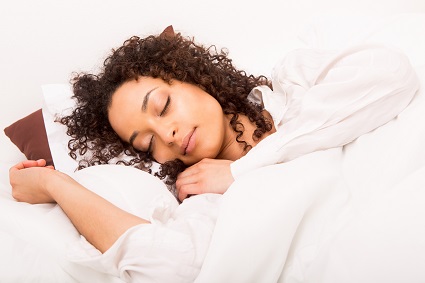Your cart is currently empty!

Health Information Online: Battling Sleep Myths
Sleep Health, the journal of the National Sleep Foundation, features a myth-busting article this month. A group of researchers from a number of institutions checked out 8,000 websites sharing information about sleep and identified 20 sleep myths which had two important things in common: lots of people believed those myths, and experts said they were “very false.” Once their testing confirmed that their chosen 20 articles were indeed good examples of misleading health information, they concluded that it’s high time to debunk those sleep myths and make sure the public gets better informed.
The group spread their information well, syndicating their findings using snappy headlines like, “Wake up, people: You’re fooling yourself about sleep” and “Sleep myths damaging your health.”
They produced a fun video:
Or at least it’s as fun as a video telling you that sleeping too little has consequences like “early mortality” can be.
But the findings of the study aren’t earth-shatteringly new. There is false health information online. People believe it. We should fix that.
What’s great about the sleep myth effort?
There is evidence that people are more likely to read health information that is accessible and enjoyable. True, their video threatened night owls with early mortality, but most of the syndicated articles were very accessible.
You need more than five hours of sleep a night. Alcohol won’t help you sleep better. Snoring isn’t always harmless. These are easy statements to understand.
They were often presented as lists. The maximum total number of points was 20, but we didn’t actually see any lists containing all 20. They generally went with three or five. Presumably the authors created those briefer lists in their press release.
The researchers sorted their 20 myths by their capacity for harm in terms of public health. The widespread belief that adults can get by on 5 hours of sleep per night was the most harmful, so that’s what they led with.
Less damaging beliefs, including the idea that older people need less sleep and the fear that exercising in the evening interferes with sleep, are less dangerous from a public health standpoint, so they are lower on the list.
The researchers also expressed their hope that doctors will have more conversations with their patients about sleep hygiene. Again, this secondary goal didn’t make it into most of the articles, but it was there. And, since debunking the myths in the minds of readers was most important, it took second stage.
This is a great example of a public health communication effort. By making it simple, fun, and appealing to curious readers, the researchers increased the chances of getting the word out. Few of the hundreds of online articles on the study even mentioned the way hitting the snooze button disrupts REM sleep and leads to increased inflammation. That doesn’t really matter. More detailed information is readily available online — and has been for years.
The point is to change people’s minds. Focusing on simple, easy to read healthcare information is more likely to change people's minds. Share on X
Take a leaf from these researchers’ book and make your patient education content clear and simple. Add more detail lower on the page.
by
Tags:

Leave a Reply